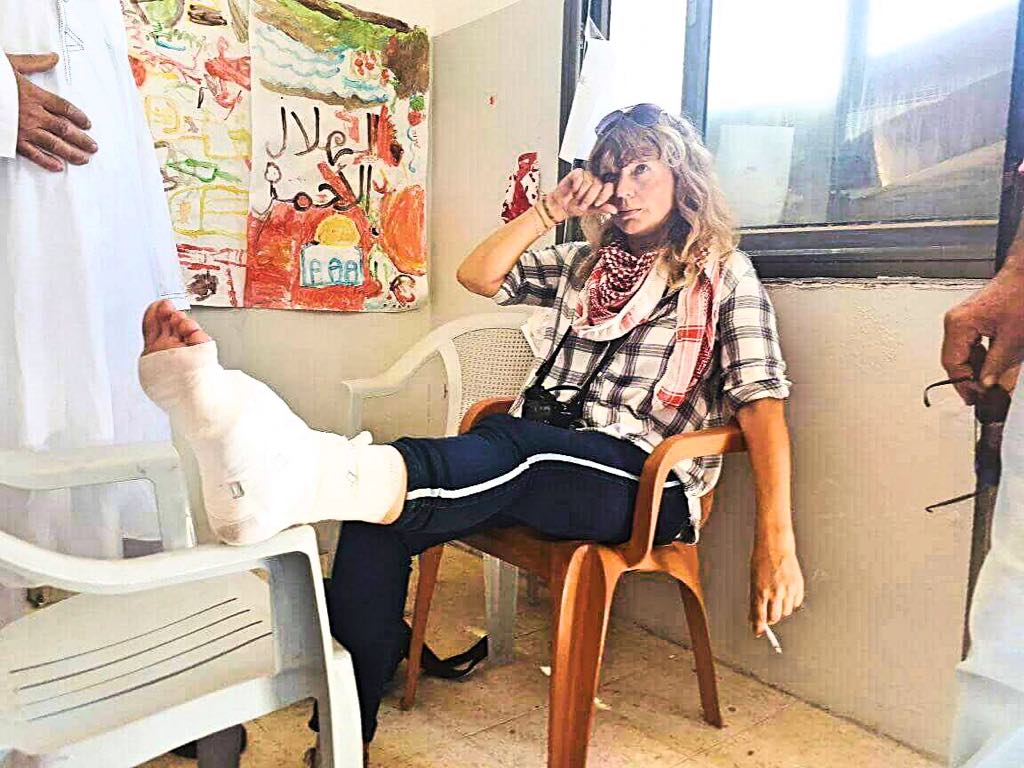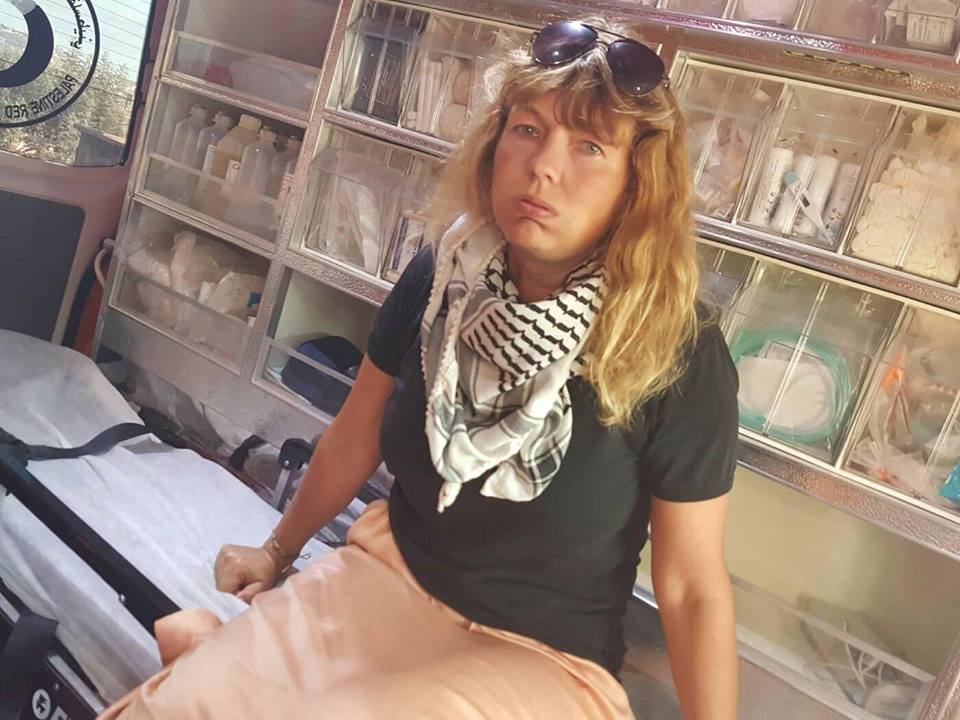Tag: Video
-
Anat Cohen assaults ISM volunteers in Al-Khalil (again)
[three_fifth_last]February 08, 2019 | International Solidarity Movement, Al-Khalil team | Al-Khalil, occupied Palestine ISM volunteers were detained by Hebron Police for over 8 hours after Anat Cohen assaulted them outside the Qurtuba school checkpoint on Thursday. In direct response to the violence waged against Palestinians at the hands of illegal settlers (and the military that…
-
“I think that today, I’m just going to cry”: A journal entry by an ISM volunteer
August 31st 2018 | Kristin Foss, International Solidarity Movement | Ramallah I woke up feeling sad today. I’m just so sad. I’m crying now, I started crying in the supermarket, I cried a little when a farmer refused my money for grapes. I think that today, I’m just going to cry. Maybe I need it. Yesterday, I…
-
A statement from the Norwegian ISM volunteer targeted and shot by an Israeli soldier in Kafr Qaddum, video included
18th August 2018 | International Solidarity Movement, Ramallah team | Kafr Qaddum, occupied Palestine A description of the events of Saturday, 18th of August, from the Norwegian ISM volunteer targeted and shot by a soldier in Kafr Qaddum I, Kristin Foss (43) work as a volunteer for ISM (International Solidarity Movement). ISM is a…



